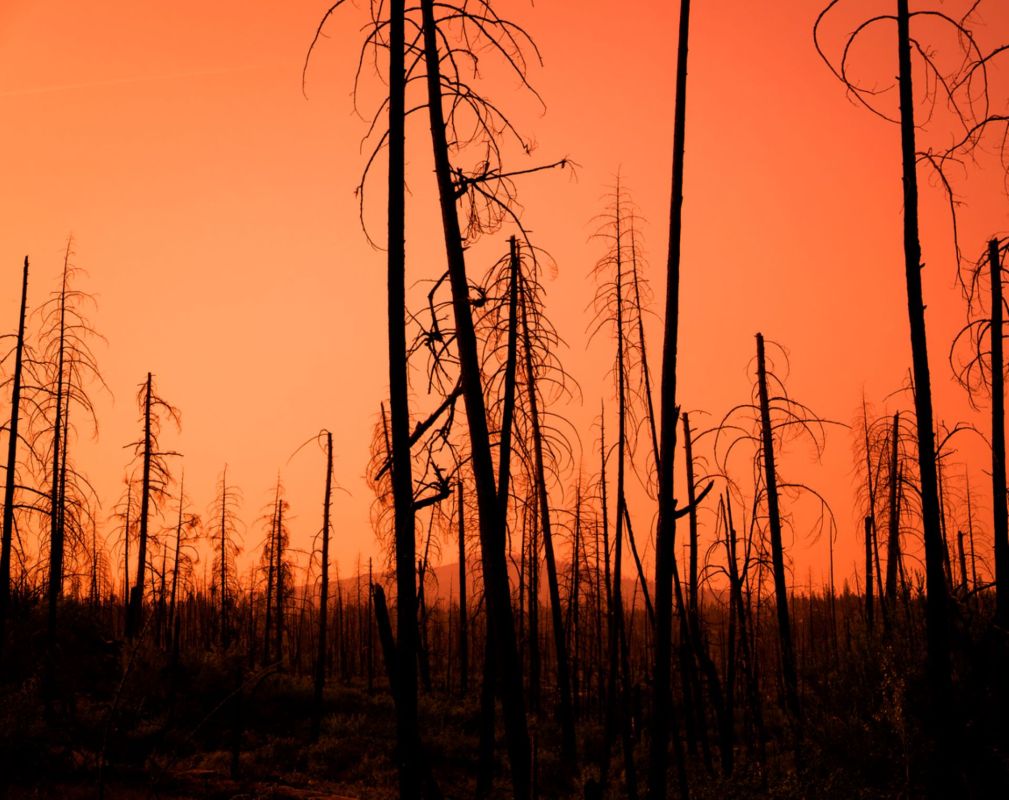As if firefighters in remote northern regions didn't have it hard enough, they may increasingly need to protect us from zombies on our overheating planet … "zombie fires," that is.
What's happening?
Zombie fires — blazes that burn underground and come back from the dead after smoldering through cold seasons — are spreading more extensively in hotter, drier, more lightning-prone Arctic environments affected by the planet's warming, a recent study finds.
Because the soil and permafrost these fires burn in can contain carbon-dense peat, zombie fires also release an outsized amount of heat-trapping gas that ultimately causes additional warming.
The new research, published in Science, focuses on record-setting summers in 2019 and 2020, which had exceptional wildfire seasons, reports The Conversation. This news outlet connects the northern fires with "Arctic amplification," noting that "the Arctic is warming nearly four times faster than the rest of the world."
The study shows increasing "factors of fire associated with temperature" and identifies "a near-exponential relationship between these factors and annual burned area." It predicts more large fires in the Arctic before midcentury, associated with climatic warming.
Wondering how fires can smolder underground with limited oxygen? Fire ecologist Robert Gray spoke with the CBC in 2019 about how this underground burning is possible.
"You need a combination of very deep ground fuel — that means duff and litter and roots and buried logs — and then you need drought conditions," Gray told CBC.
"If you have that combination, then you have fires that can get into that deep, deep, dried organic material, and with just a little bit of oxygen they can hang on for years."
Why are zombie fires concerning?
For many Americans, wildfire smoke billowing over much of the central and eastern U.S. this year brought home the consequences of Canadian blazes burning out of control. Polluted air and hazardous health conditions in New York and other cities illustrate trends affecting large areas of the world that are likely to continue.
Although some of the "zombie fires" discussed in the latest research are fairly far north, smoke can spread great distances — and even when it doesn't, the fires' release of heat-trapping gas can affect the planet, adding to pollution from human activities.
The Conversation reports on the specific difficulties of zombie firefighting. Firefighters in Alberta, Canada, where extensive peatlands exist, have had to battle zombie fires dozens of feet underground. Subsurface fires also make the Earth unstable, meaning firefighters must sometimes fight fires up close without bringing in heavy equipment.
Additionally, the zombie fire phenomenon, also called "overwintering fire," allows a fire season to get an earlier start in spring from peat or tree-root embers carrying past fires forward like trick birthday candles that won't be extinguished.
What can I do to help avoid a zombie fire apocalypse?
As with other effects of Earth's rising temperature, zombie fires may seem like faraway threats that only firefighters face. Yet anybody can encourage governments and take personal actions to limit the "factors of fire" stoked by the overheating of the planet. For example, we can reduce fuel burning by switching to electric vehicles or appliances.
Join our free newsletter for weekly updates on the coolest innovations improving our lives and saving our planet.









